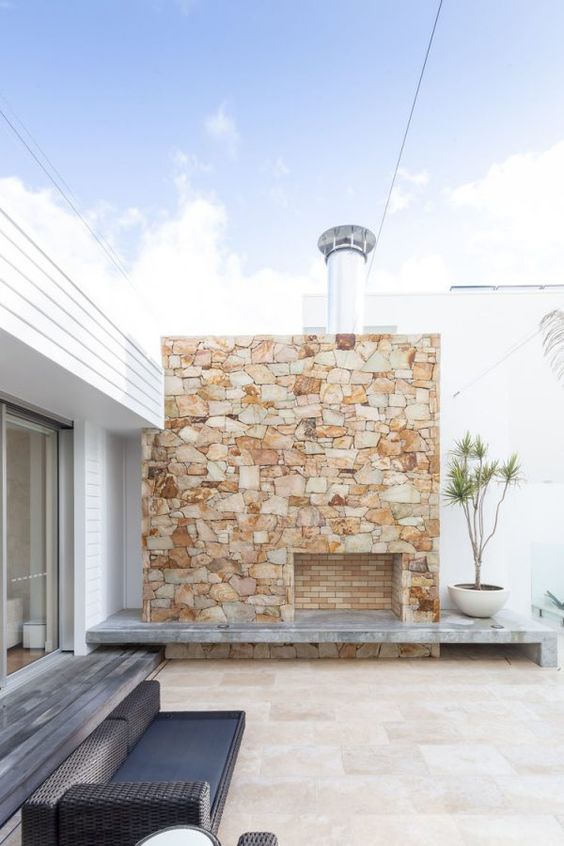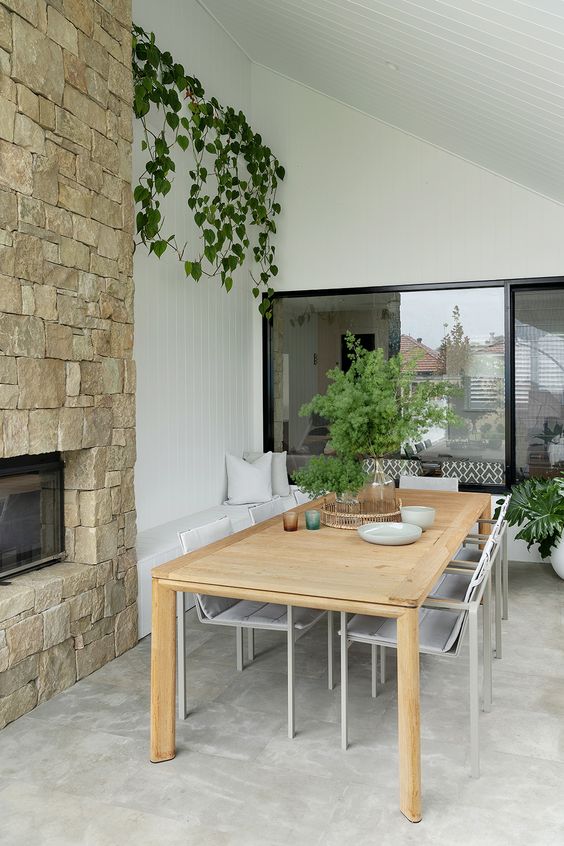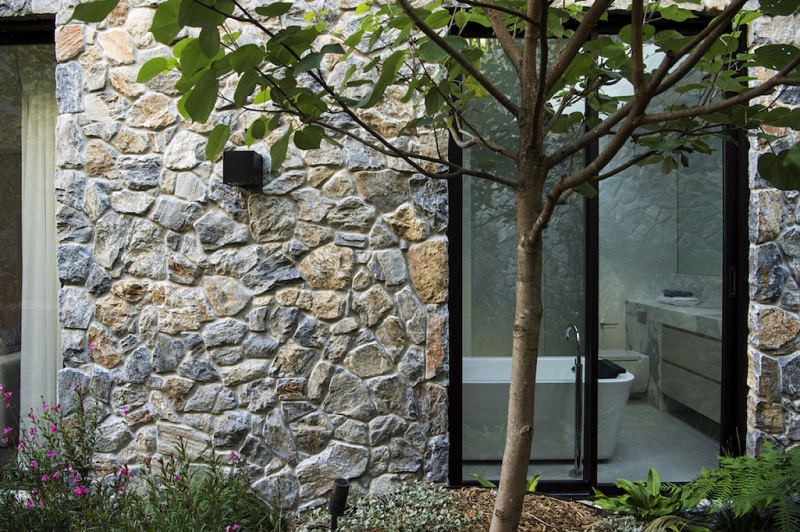Globalkicau.com – You’ve probably heard of travertine stone wall cladding, but you may be wondering what the heck this material is. This material is composed of limestone and sedimentary rock that has been shaped over thousands of years in hot mineral springs and caves. There are over 30 shades of this stone, from beige to vibrant reds. Depending on the texture you choose, it can be polished, honed, leathered, or brushed.
The Beauty of Travertine Stone
Travertine stone is a beautiful material, and it is often used in architectural projects. Its unique weathered appearance suits both classic and contemporary decorating styles, and its natural irregularities lend an authentic, rustic look. In terms of cost, travertine is more expensive than granite, but the quality and durability make it a great option for walls and floors. If you’re interested in a beautiful stone for your home, consider a travertine wall.
If you’re looking for a traditional Tuscan-style kitchen, tumbled travertine will do the trick. This type of stone has rounded edges, making it a comfortable surface to walk on. You can fill in holes with grout if you’d prefer a vertical application, but if you’d like a horizontal wall, it’s necessary to leave some space in between tiles. To avoid gaps or overage, you can sand the tile to prevent debris from filling in the gaps. You can also opt for a dark grout over a light one.

Although travertine is a porous material, it can also absorb liquids, grease, and oils. This makes it prone to etching. Acidic substances, such as wine, vinegar, tomato juice, and even some acids can etch the stone. Bleach and ammonia, as well as acids, can also damage travertine. Even if travertine is polished, lingering spills may leave a stain.
Advantages of Using Travertine Stone for Exterior
Travertine is a sedimentary rock that lends itself to interior and exterior applications. It is often found in pavers and tile and has a rich architectural history. The Romans used travertine stone to build the Coliseum and bath complexes. It is also used to make countertops and floors, and it’s a versatile choice for a home’s interior. If you want an authentic look, travertine tile and plaster are both excellent choices.
If you’d like a more rustic look, travertine is often brushed. Using a wire wheel or brush, you can smooth the surface of travertine. You can also use a wire brush to smooth the surface and add texture and shine to your wall. You may want to go with a matte finish, which is a slightly rougher finish than polished travertine, for a more rustic or aged look.

Tiled travertine can be the perfect solution for a home with a rustic feel or a more contemporary aesthetic. Tiled travertine tiles will add a touch of warmth to a room without overpowering it. Because travertine tile comes in a variety of shades, you can find one that suits your personal tastes. Its unique texture and anti-slip property features make it an ideal choice for bathrooms, kitchens, and other areas of the home.
Tips for Building a Stone Wall
When constructing a stone wall, it is important to keep in mind that each piece of stone is unique. Because it is a natural product, it is not uniform. Some pieces will have spots and inclusions, while others will have shelly or fossil formations. Some stones have open texture streaks or pit holes, and some may even have iron spots and other variations of grain formation. Once a stone is poured into a wall, it should be sealed with caulk to prevent damage from occurring.

Travertine is a natural stone that is a warm-toned stone. It comes in a range of shades from pale tones of gold. The most common shade of travertine is cream/beige. This type of stone is mainly used in bathrooms, but it is also available in dark red and salmon pink hues. You’ll find a variety of travertine tile styles in the market, so make sure to explore them before making your final decision.





